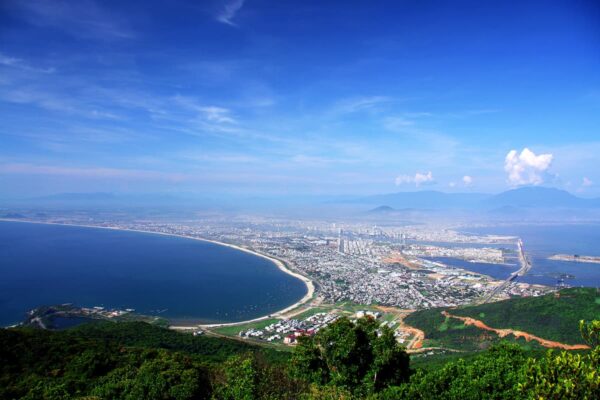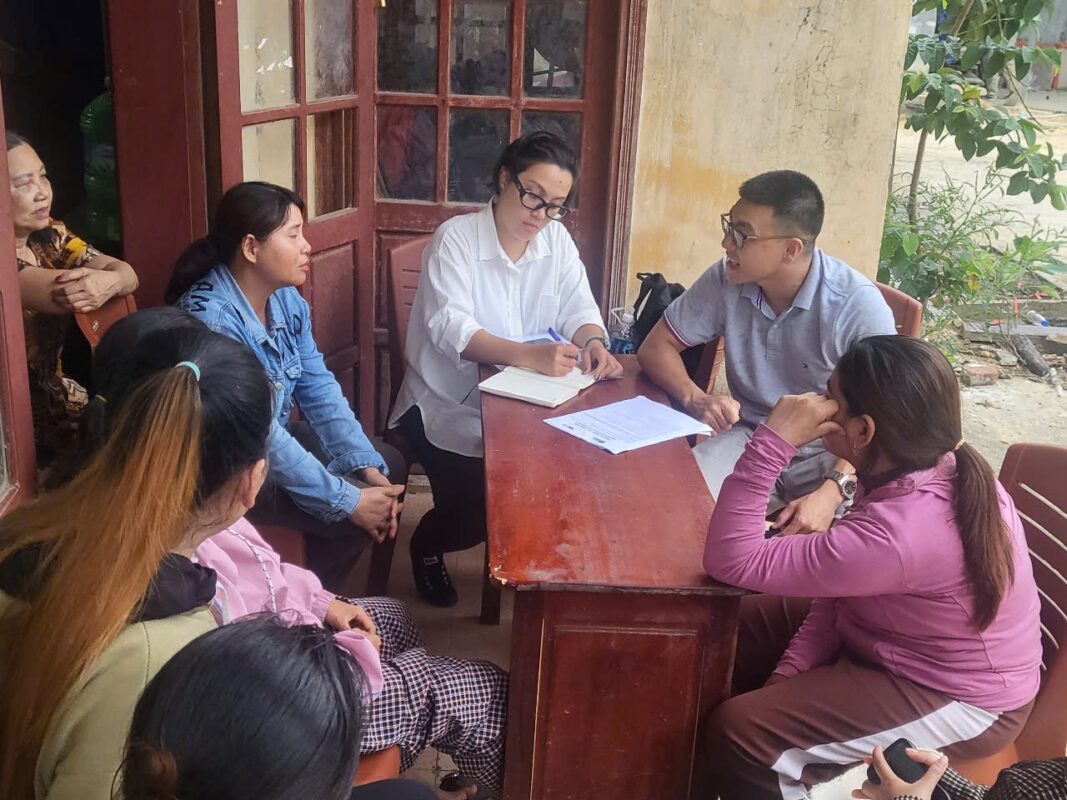DISTRIBUTION OF TERRESTRIAL FAUNA ON SON TRA PENINSULA, DA NANG CITYáp tự động
The terrestrial fauna of Son Tra Peninsula has been studied for a long time, especially when the Son Tra Nature Reserve was established in 1977. Under the pressure of natural and anthropogenic factors biodiversity of the Peninsula is changing. Toward the sustainable development in the future, a re-assessment of the terrestrial animals and their distribution should be conducted to support decisions of conservation and planning. Our study on diversity and abundance of terrestrial animals and their distribution has confirmed the presence of 245 species with 1,695 records. The number of species and records were significantly different among vegetation types and elevational zones. The diversity and abundance of terrestrial taxa in the evergreen broadleaf forest distributed below the 200m above sea level was highest and some threatened species including Red-shanked Douc, Pygmy Slow Loris were also found here. Therefore, any development activities planned for this area should be carefully considered.
Located to the northeast of Da Nang City, Son Tra Peninsula is bordered by the Da Nang Bay to the northwest, by the East Sea to the northeast and southeast, and by the mainland to the southwest. Son Tra Peninsula is an isolated mountain block, with a length of 13 km, and about 5 km at the widest part. Most of the Peninsula was assigned to the Son Tra Nature Reserve (NR), a special use forest established in 1977. According to the Prime Minister’s Decision 41-TTg in 1977 the initial area of the nature reserve was ca. 4,000 ha. The coordinates of the reserve are from 16°05’50” to 16°09’06” North latitude and from 108°12’45” to 108°20’48” East longitude.

The vegetation map of Son Tra Peninsula, based on satellite images in 2016, shows that the total area of forest covered land was 3,317 ha, accounting for 76.21% of the total area. There are two types of forest that occupy the largest area, namely the poor evergreen broadleaf forest, and the medium evergreen broadleaf forest with an area of 1,872 ha and 1,445 ha, respectively. Other types of habitats occupy less than 400 hectares [1].
The Son Tra mountain range has north-south slopes with a steep slope of 25° – 30°, and the northeast slope is steeper than the southwest slope. The topography of Son Tra NR varies drastically from the coast to the top of
the mountain and is strongly divided by a system of small streams. The highest peak of Son Tra Peninsula is Oc Cao (696 m), with two other peaks of 647 m and 621 m near the centre of the Peninsula. In general, the whole protected area consists of hilly and mountainous terrain, with many ravines creating a topographic separation, making for a complex and difficult landscape to access.
Studies on terrestrial animals in Son Tra Peninsula have been carried out over many years. However, due to the location of most museum’s specimen or observation records mainly using the name Tourane (Da Nang) without further detailed information, it is often difficult to determine the exact location for these specimens. For example, Osgood (1932) recorded a number of mammals in Tourane based on specimens collected during Kelly-Roosevelt’s expedition from 1928-1929 including the Asian Mongoose Herpestes exilis (H. javanicus), Pallas’ Squirel Callosciurus flavimanus (C. erythraeus), and the Greater Bandicoot RatBandicota gigantea jabouillei (Bandicota indica). Since the reunification of the country, several surveys on biodiversity have been carried out on Son Tra Peninsula. An initial list of plants and animals of Son Tra NR was established through the “technical and economic feasibility study in 1989. In 1997, another list of biodiversity of Son Tra NR was released recognizing 287 species of terrestrial vertebrates, including 36 mammals, 106 birds, 23 reptiles, 9 species of amphibians, and 113 species of invertebrates, mostly insects [2]. Some of thematic studies were then conducted in Son Tra and listed 70 species including 18 amphibian species and 52 reptile species [3], 161 bird species in 2014 [4] and 67 butterfly species. The updated checklist of terrestrial animals of Son Tra includes 41 mammals, 151 birds (after removing synonyms and unconfirmed species), 52 reptiles, 18 amphibians and at least 185 insects (86 butterflies, 20 beetles and 79 other species [2, 3, 4, 5]. However, previous studies provide limited information on coordinates or distribution of animals, information necessary for management plans, leading to difficulty in synthesizing and assessing their distributional characteristics. Therefore, this study re evaluates the distribution of the terrestrial fauna of Son Tra Peninsula, as well as supplementing and updating information and images for management and other purposes.

This study has recorded the distribution of 245 animal species in the terrestrial ecosystem of the Son Tra Peninsula. The numbers of species and records are significantly different among vegetation types and elevational zones. The diversity and abundance of terrestrial taxa in the evergreen broadleaf forest distributed below the 200m asl. shows that this area is very important to many animals in Son Tra Peninsula, including threatened species such as the Red-shanked Douc and Pygmy Slow Loris. Any development activities planned for this area should be considered with great care.
See more here





